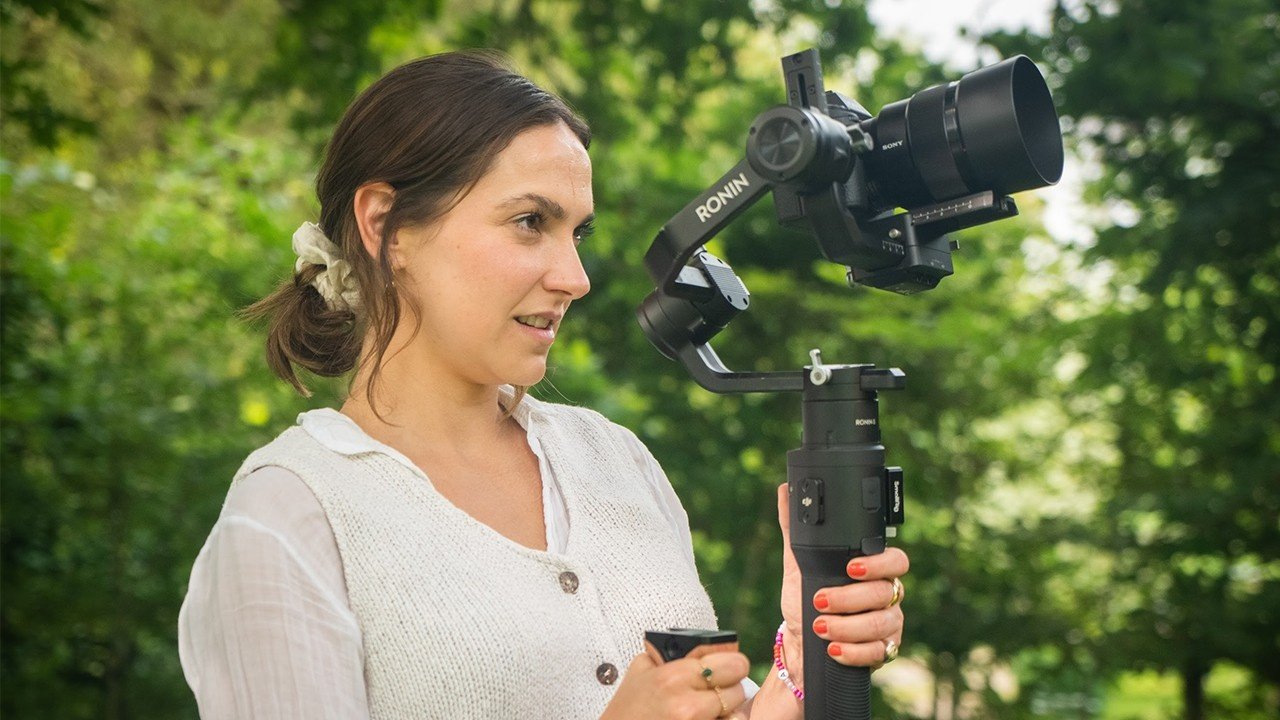In the world of digital content, mastering video storytelling techniques can make your videos more engaging and impactful. Whether you’re creating a marketing video, a short film, or a social media clip, effective storytelling is key to capturing your audience’s attention and conveying your message compellingly. This article explores essential video storytelling techniques to help you craft stories that resonate and leave a lasting impression.
Understand the Narrative Structure
One of the foundational video storytelling techniques is understanding and applying a clear narrative structure. A well-structured story typically includes three main parts: the setup, the conflict, and the resolution. The setup introduces the characters and setting, the conflict presents the main challenge or problem, and the resolution offers a satisfying conclusion. By adhering to this structure, you ensure that your video has a coherent flow and keeps the audience engaged throughout.

Develop Strong Characters
Characters are central to any compelling story, and this is especially true for video storytelling techniques. Develop relatable and multidimensional characters to draw viewers into the narrative. Whether your video features real people or fictional characters, ensure they have distinct personalities, motivations, and goals. Strong characters drive the story forward and help viewers connect emotionally with the content. By investing time in character development, you enhance the overall impact of your video.
Use Visuals to Enhance the Story
Visual elements play a crucial role in video storytelling techniques. Use visuals not just to illustrate but to enhance and support the narrative. Cinematic shots, dynamic camera angles, and effective use of color can all contribute to the story’s mood and tone. For example, a dramatic close-up can intensify a moment of emotional conflict, while a wide shot can establish the setting and context. By carefully choosing and crafting your visuals, you can elevate the storytelling experience and make your video more engaging.
Incorporate Sound and Music
Sound and music are powerful tools in video storytelling techniques. They can set the tone, create atmosphere, and evoke emotions that complement the visual elements. Choose a soundtrack that aligns with the mood of your story, and use sound effects to enhance key moments. For instance, background music can build suspense or underscore emotional beats, while sound effects can add realism and depth. By integrating sound and music thoughtfully, you amplify the emotional impact of your video and create a more immersive experience for your audience.
Utilize Pacing and Editing
Pacing and editing are essential video storytelling techniques that influence how your story unfolds. Effective pacing ensures that your video flows smoothly and keeps the audience engaged. Use editing to control the rhythm of the story, such as speeding up or slowing down scenes to match the narrative’s intensity. Additionally, strategic cuts and transitions can enhance the storytelling by highlighting key moments or shifting focus. By mastering pacing and editing, you maintain viewer interest and ensure that your story is told efficiently and effectively.
Create a Strong Hook
A strong hook is crucial for capturing your audience’s attention early on. Incorporate a compelling opening that immediately grabs viewers’ interest and makes them want to watch more. This could be a dramatic statement, an intriguing question, or a visually stunning scene. The hook sets the tone for the rest of the video and helps establish a connection with the audience. By crafting an engaging hook, you increase the likelihood that viewers will stay engaged and continue watching.
Engage Emotionally with the Audience
One of the most effective video storytelling techniques is to engage the audience emotionally. Create moments that evoke feelings such as joy, sadness, or excitement, and build a connection between the viewers and the content. Emotional engagement often leads to a stronger response and a greater likelihood of sharing the video. By focusing on the emotional aspects of your story, you enhance its impact and create a memorable experience for your audience.
Conclusion
Incorporating effective video storytelling techniques is essential for creating engaging and impactful content. Understanding narrative structure, developing strong characters, and using visuals and sound creatively are key to crafting compelling stories. Additionally, pacing, a strong hook, and emotional engagement play crucial roles in maintaining viewer interest and enhancing the overall impact. By applying these techniques, you can elevate your video storytelling and connect with your audience on a deeper level, making your videos more memorable and shareable.




